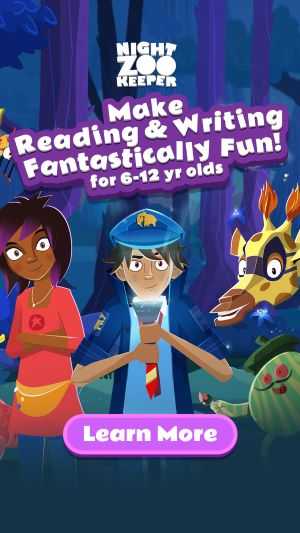Year 3 Reading
Discover Year 3 Reading Standards
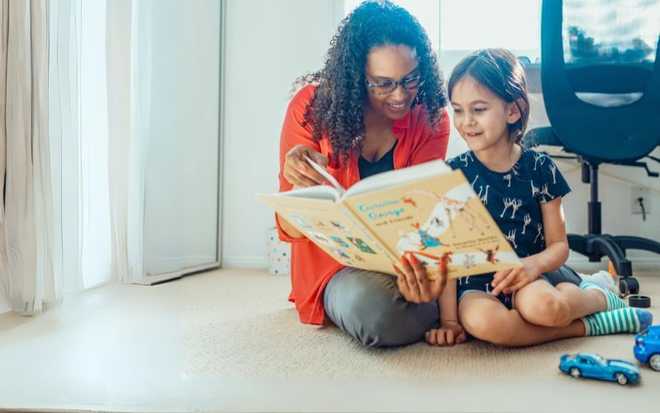
Home > English > Reading > Year 3
By Year 3, your child will be developing into a fluent reader, displaying expression and intonation in their voice as they read aloud. They’ll have grown in confidence and know a wide range of sight words from their time in Year 1 and Year 2.
In Year 3, children learn the meaning of new words as they broaden their vocabulary. They may at times rely on pictures and illustrations to help with this vocabulary acquisition. Year 3 students will also be expected to read a range of different text types including, stories, poems, and informative texts.
Your young reader will be starting to make the shift from ‘learning to read’ through to ‘reading to learn’. For this reason, they should expect to read more factual information texts and spend more time answering reading comprehension questions about information from within a passage or book.
You’ll notice that there are a lot more topics to be covered in Year 3, as your child advances from reading beginner to a more intermediate reading level. Keep reading to explore these topics in depth.
Determining the Meaning of Unknown Words
In Year 3, children should start to develop strategies to help them understand the meaning of unknown words. They can practise this in many different ways. The simplest way can be using a picture to show the meaning of the word, such as diagrams within non-fiction texts.
You can also challenge your child to use context clues from within the sentence they’re reading.
Example: The ocean covers over 70% of the Earth’s surface.
In this example, first ask your child to read the sentence, then follow this with a comprehension question about the meaning of the word “surface”. Ask your child to use the context clues in the sentence to determine the meaning of the word.
One more technique that children will learn in Year 3 is how to split words up to understand them.
Example: The word blueberry (blue | berry) can be split up into two parts to determine the meaning of the word.
Practice Tip
The next time you’re reading a book with your child, challenge them to spot as many compound words as possible (examples: football, slideshow, toothbrush, bathroom).
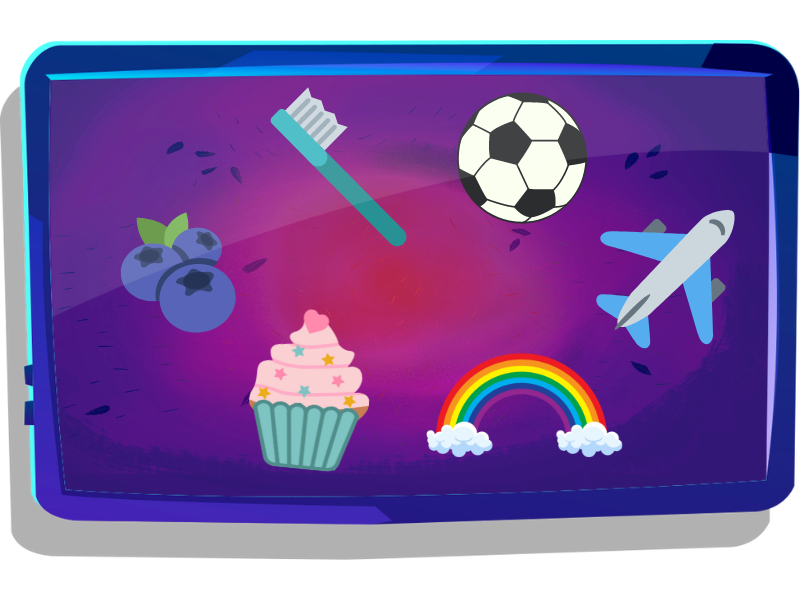
Figurative language and word relationships
In Year 3, children learn about figurative language and grow their understanding of relationships between words. Examples of figurative language they’ll learn at this level include similes, metaphors and personification.
Similes are a great place to start with your children. They are simple to understand as they follow a very simple rule:
- Similes are a figure of speech where something is compared to another thing using the words LIKE or AS.
You’ll find examples of similes in stories and poems. Challenge your child to find an example of a simile the next time you’re reading together.
Here are few examples that you will find in The Giraffes of Whispering Wood:
- Will noticed that the bark was frosty white, like an Arctic fox.
- She placed one foot in front of the other, like a cat on a garden fence.
- Will held the torch out in front of him like a sword.
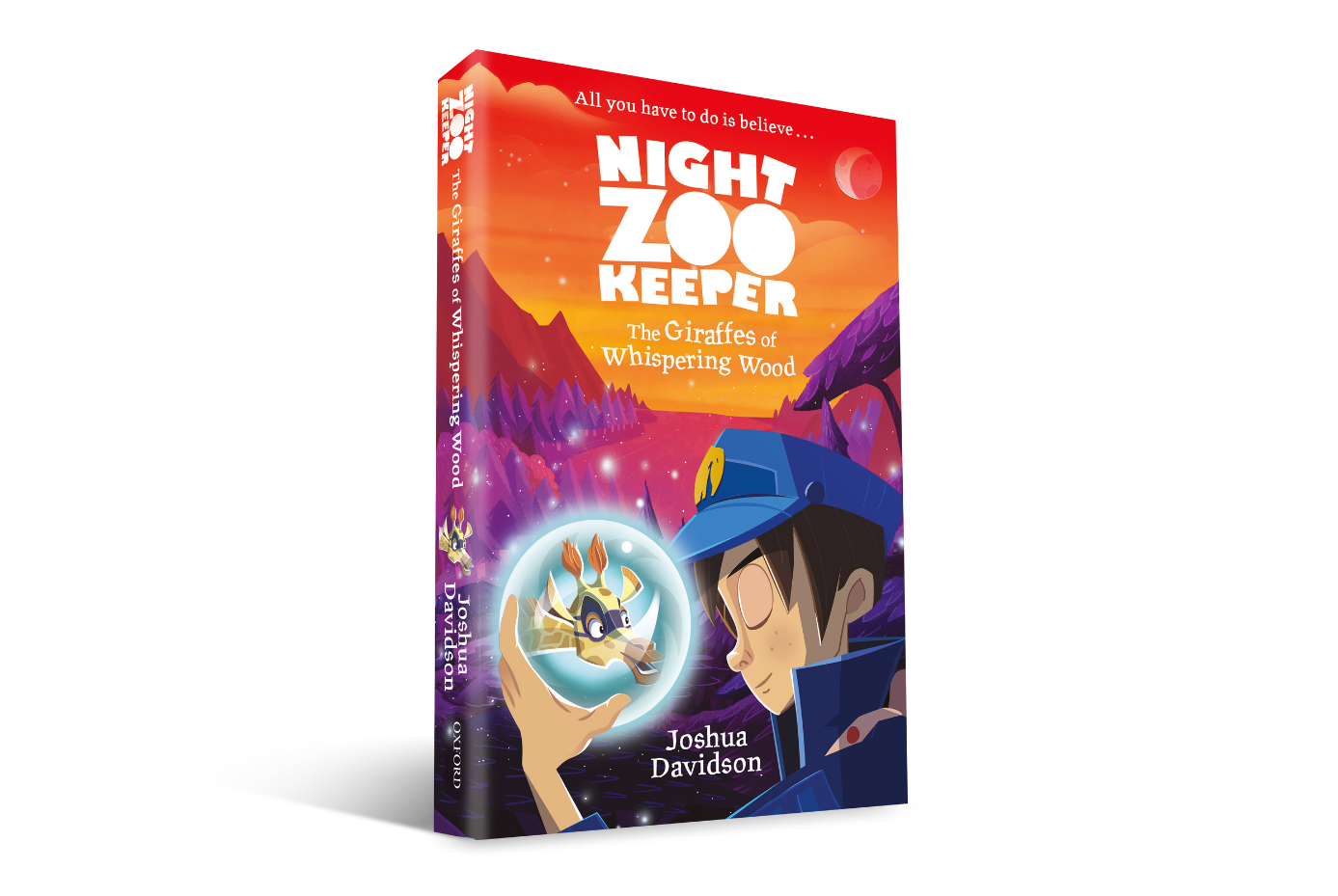
Fluency and Comprehension
In Year 3, you'll see that your child is gaining fluency and has a nice pace to their reading, but they still need to work on their understanding of what they’re reading. They may also struggle to understand certain words as their vocabulary is still expanding.
Young learners will spend a lot of time practising their reading comprehension skills at school. You’ll find that a lot of their assessments at this level involve reading a piece of fiction or informational text and answering questions about what they’ve learned.
Practice Tip
When reading with your child, ask them to pause and pick out any words or phrases that they’re unsure of. Start by asking your child to repeat the word by reading it out loud. Then explain what the word means and see if you and your child can create a physical action to represent this word. This will help the meaning of the word to stay with them.
Comparing and contrasting
At this age, children are expected to begin comparing two texts and discussing the similarities and differences they find. Make sure your child is familiar with the text structure being used. You might want to choose a simple report, or a short story, as these will be the structures your child will recognize at their year level. Reports about animals that your children are interested in actually make a great place to start. It’s best if they have some prior knowledge and are comfortable with the subject area before beginning to compare and contrast.
Practice Tip
Gather two texts about the same animal. Ask your child to use two different coloured highlighters to mark up the similarities and differences between the two texts. They can be looking for different text structure features or even different information provided about the animal. Once they have done this, ask them two simple questions:
- How are the texts similar?
- How do they differ?
Challenge your child to record their answers by writing them down on paper as well as explaining them verbally to you.
How Night Zookeeper can help

Night Zookeeper makes developing reading skills fantastically fun for your child!
Our reading and writing program helps children discover the meaning of new words using fun educational activities, including reading games and lessons, whilst also posing relevant questions to test their understanding. By spending time working through these activities on Night Zookeeper, your child will become a more confident and fluent reader.
Sign up today to get a FREE 7-day trial!
Related articles

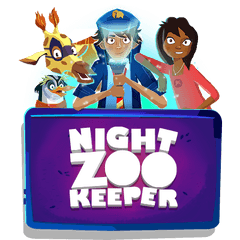
Make Reading & Writing Fantastically Fun!
- Award-winning reading & writing program for kids
- Improves spelling, grammar, punctuation & vocabulary
- Over 1,000 different learning games and activities



